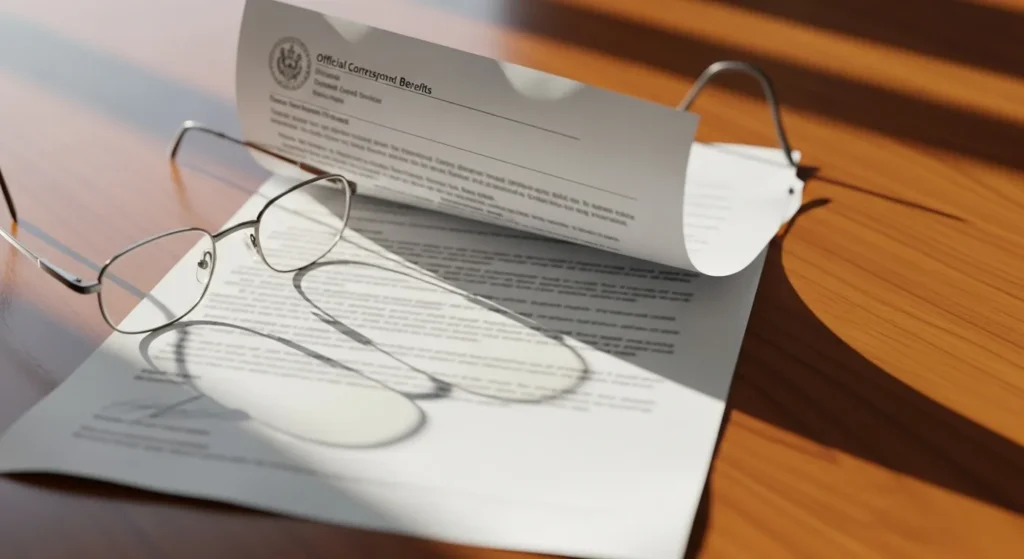
Strategic Decision-Making: Calibrating Your Withdrawal Strategy
For years, you have heard about the “4% Rule,” a guideline suggesting you can safely withdraw 4% of your portfolio in your first year and adjust for inflation thereafter. While a useful starting point, treating it as an unbreakable law is one of the most common mistakes a new retiree can make. The first year of retirement is about calibrating a withdrawal strategy that fits the current market environment and your personal needs.
The primary risk you face as a new retiree is “sequence of returns risk.” This means that if you experience poor market returns in the first few years of retirement, your portfolio may never recover because you are withdrawing money from a shrinking asset base. A rigid withdrawal plan can accelerate this damage. Let’s compare two approaches.
Scenario 1: The Fixed 4% Rule. Imagine you retire with a $1,000,000 portfolio. You decide to withdraw a fixed $40,000 in your first year. Unfortunately, the market has a bad year and your portfolio drops 15%. After your withdrawal, your remaining balance is not $960,000, but $816,000 ($960,000 * 0.85). The next year, you still need about $41,200 (assuming 3% inflation). This now represents over 5% of your depleted portfolio. You are taking out a larger and larger slice of a smaller pie, a dangerous cycle.
Scenario 2: The Dynamic “Guardrail” Method. This is a more sophisticated strategy that adapts to market conditions. You still start with a $1,000,000 portfolio but set a target withdrawal rate of 4.5%, or $45,000. You also set “guardrails.” If market performance causes your withdrawal rate to rise above 5.5%, you will take a 10% pay cut the next year. If strong returns cause it to drop below 3.5%, you give yourself a 10% raise.
Let’s use the same bad market scenario. You withdraw $45,000, leaving $955,000. The market drops 15%, taking your portfolio down to $811,750. Your original $45,000 withdrawal would now be a 5.5% rate. Because you’ve hit your upper guardrail, you follow your pre-determined rule and reduce your next year’s withdrawal by 10% to $40,500. It’s a modest cut, but it provides critical breathing room for your portfolio to recover. This method gives you a clear plan for navigating volatility, reducing the emotional stress of market downturns and preserving your capital for the long term.
Choosing the right path in your first year of retirement planning is not about picking a number; it’s about adopting a system that provides flexibility and protects you from the biggest risks.
While this article provides expert perspective, always verify current rules with the Social Security Administration (SSA) or Medicare.gov.










